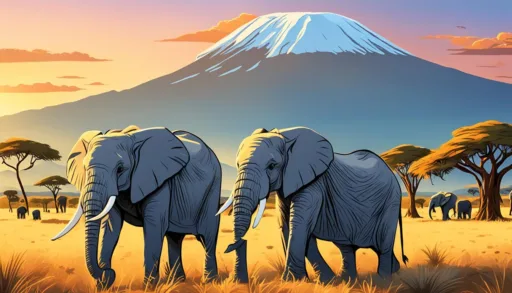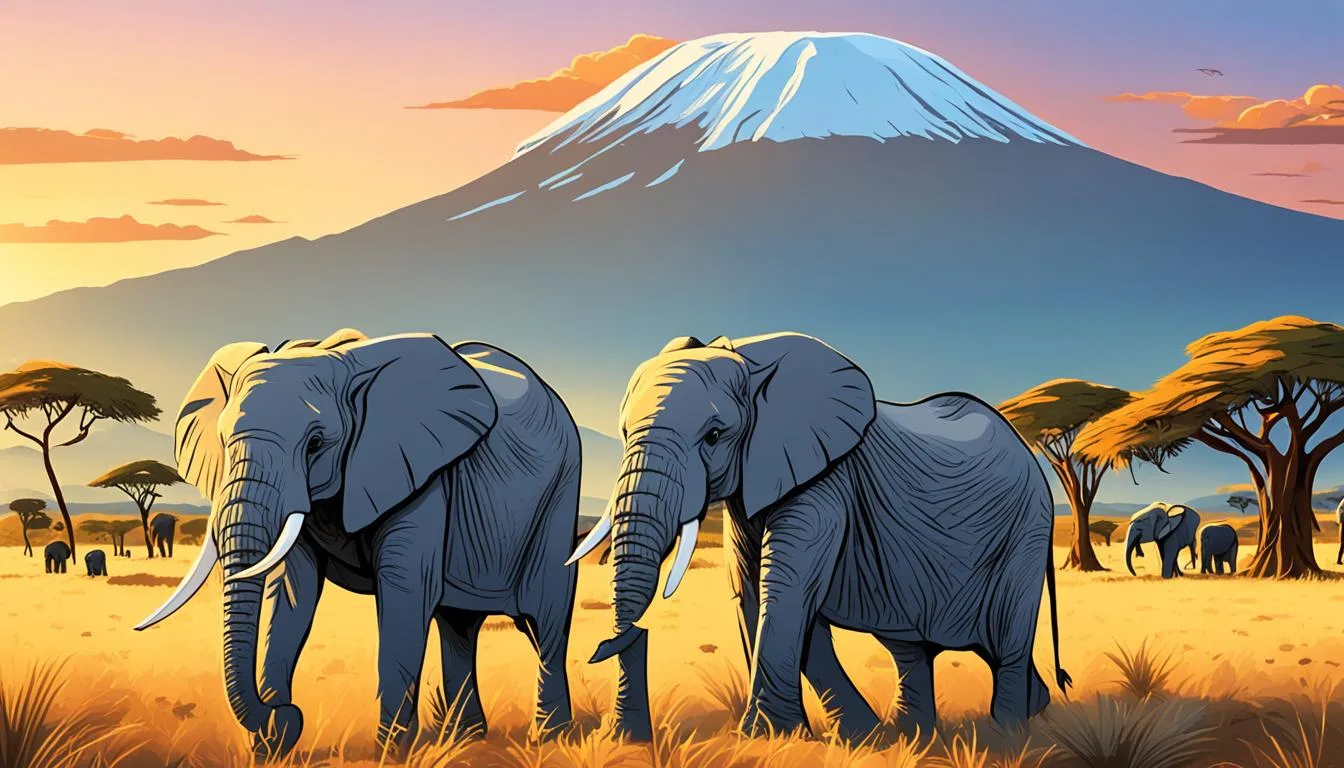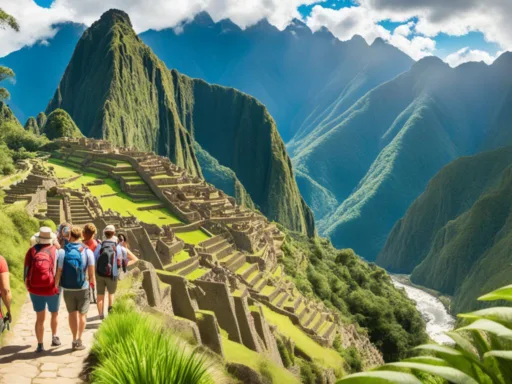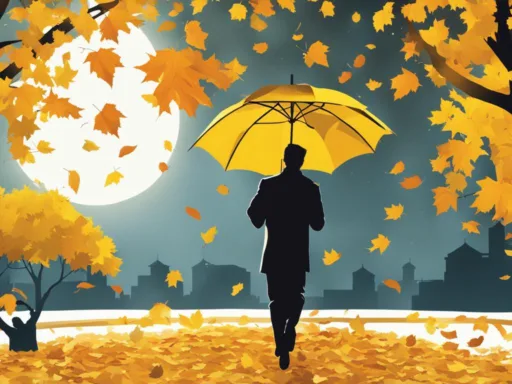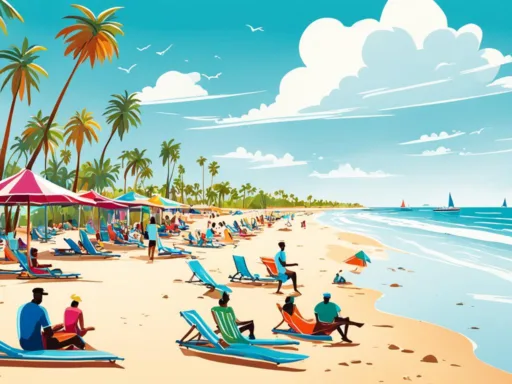Kenya, a land etched in the world’s imagination as the quintessence of the wild, offers more than just a place on the map; it’s a canvas of the Earth’s most extraordinary ecological masterpiece. With the allure of untamed wilderness, the question beckons—when is the Best Time to Visit Kenya for a symphonic blend of cultural vibrancy and wildlife wonders on a safari?
The rhythm of life in Kenya’s grasslands, savannas, and forests plays to the tune of the Safari Season in Kenya, offering a diverse travel experience that sates the wanderlust of adventurers and nature enthusiasts alike. Whether it’s embarking on the Kenya’s Prime Safari Itinerary, which charts a course through iconic landscapes and the heart of wild beats, or journaling the moments of pure nature during the Kenya Travel Seasons, the land nourishes souls with its raw, undiluted beauty.
Key Takeaways
- Discover Kenya’s peak safari seasons for extraordinary wildlife sightings.
- Identify the best months for witnessing the great wildebeest migration in the Masai Mara.
- Explore the rich cultural encounters alongside tremendous game viewing opportunities.
- Learn about the unique biodiversity within Kenya’s various ecosystems, including Samburu and Lake Nakuru.
- Gain insider tips to plan your ideal safari itinerary through Kenya’s prime locations.
Explore the Majesty of Kenya’s Diverse Ecosystems
Embarking on a journey through Kenya is an exploration of natural wonder, where the ideal months for Kenya trip unveil the splendor of its diverse habitats and remarkable wildlife. A climate guide for Kenya travel is essential to experiencing each ecosystem’s treasures in their most pristine form. Visiting Kenya in the right season is not just about the weather; it’s an opportunity to witness the complex interplay of species that thrive across this East African sanctuary.
From Samburu’s Special Five to the Great Rift Valley’s Diverse Fauna
The arid landscapes of the Samburu National Reserve harbor the esteemed ‘Special Five’—the Grevy’s zebra, Somali ostrich, reticulated giraffe, gerenuk, and Beisa oryx. The reserve’s rugged terrain, bisected by the life-giving Ewaso Ng’iro River, becomes a theatrical stage where these unique animals play the lead roles. The Great Rift Valley’s jewel, Lake Nakuru National Park, offers a different palette of biodiversity, with its woodlands, wetlands, and rocky escarpments supporting a wealth of fauna including white rhinos and elusive leopards.
Discovering the Wonders of Amboseli: Elephants Against the Backdrop of Kilimanjaro
In the shadow of Africa’s tallest peak, the iconic Amboseli National Park is synonymous with elephant conservation. Observing these gentle giants against the picture-perfect backdrop of Mount Kilimanjaro is an image etched in the minds of visitors, a defining moment of any Kenya travel itinerary. The park’s flat plains are ideal for game viewing, particularly during the dry season when wildlife congregates around the remaining water sources.
The Masai Mara: A Theater of the Wild
The Masai Mara National Reserve remains a marquee destination for any wildlife enthusiast. Renowned for the annual wildebeest migration—one of nature’s grandest spectacles—this reserve boasts an enviable cast of characters, including the ‘Big Five’ and an impressive assembly of birdlife, attracting birders and safari-goers alike. For those pondering the diversity of Kenya’s ecosystems, the Masai Mara serves as a vibrant microcosm of the country’s environmental wealth.
- Ideal Months for Kenya Trip: Dry seasons from July to October and from December to February are best for wildlife watching.
- Climate Guide for Kenya Travel: Kenya experiences a warm equatorial climate, with variations influenced by altitude and terrain.
- Visiting Kenya in the Right Season: Timing your visit with natural events like the wildebeest migration can greatly enhance your experience.
- Diversity of Kenya’s Ecosystems: Each region, from savanna to alpine heights, hosts a unique set of wildlife and flora.
| National Park | Feature Wildlife | Best Viewing Months |
|---|---|---|
| Samburu National Reserve | ‘Special Five’ | June to October |
| Lake Nakuru National Park | Rhinos and Leopards | June to March |
| Amboseli National Park | Elephants | June to October |
| Masai Mara National Reserve | Big Five and Migratory Birds | July to October for migration; September to April for birding |
Understanding Kenya’s Climate for Optimal Safari Planning
For any avid traveler eyeing Kenya as their next destination, grappling with the nuances of Weather in Kenya for Tourism is akin to securing a front-row seat to Mother Nature’s grand performance. The Kenya Travel Seasons play a pivotal role in shaping your safari experience, from the vast plains of the Masai Mara to the snow-capped peaks of Mount Kenya. Discerning the Peak Tourist Season in Kenya not only ensures comfortable travel but also primes you for the country’s spectacular wildlife displays.
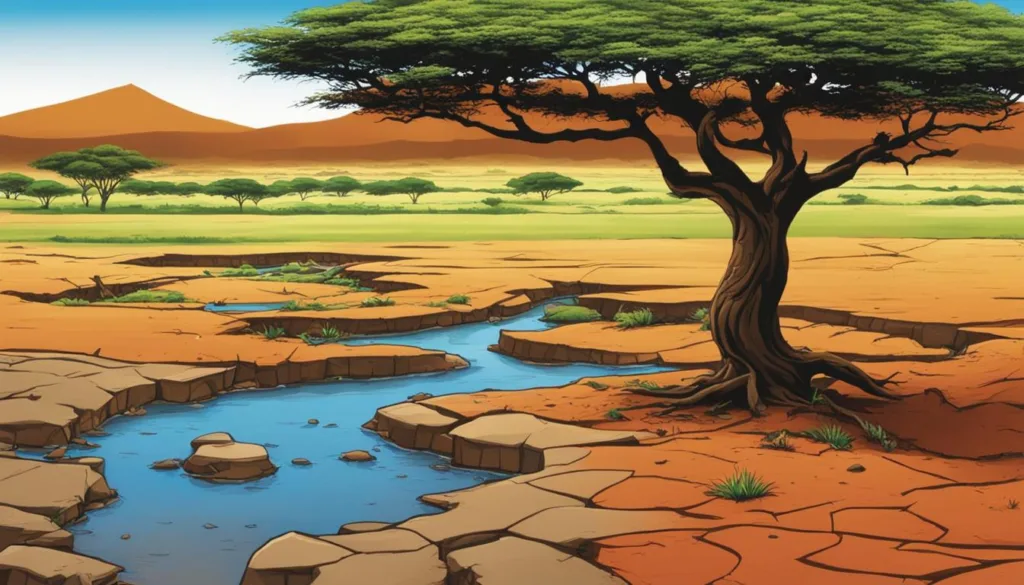
Navigating the Weather Patterns: A Climate Guide for Kenya Travel
Kenya’s climate is an intricate symphony of patterns, with each region conducting its own rhythm of wet and dry spells. The long rains typically paint the landscape from March to May, while the short rains gently coat it between October and December. However, it’s the dry seasons, spanning from June to September and January to February, that provide the optimal canvas for safaris, with roads accessible and wildlife congregating around scarce water sources.
Harmony with Nature: Seasonal Movements of Wildlife in Kenya
Witnessing the seasonal movements of Kenya’s majestic wildlife is an epic saga that unfolds throughout the year. Timing your visit to intersect with these natural migrations allows for an extraordinary glimpse into the heart of the wild. During the dry season, Amboseli National Park becomes a sanctuary for elephant herds, and the Tsavo, with its maneless lions and red elephants, becomes a tableau of survival and adaptation. Conversely, post-rainfall periods offer lush scenery and a chance to see newborn animals in their nurseries.
- June-August: Ideal for viewing the Great Migration in the Masai Mara.
- September-October: Witness the tail end of the migration and the start of the dry season.
- December-February: Enjoy bird watching and spot predators in their prime.
Ultimately, Kenya’s weather, so intrinsically tied to its tourism allure, beckons travelers to immerse themselves within its climate-driven heartbeat, ensuring a journey that resonates with the pulse of the African wild.
Cultural Immersion Amongst the Iconic Tribes of Kenya
The soul of Kenya is not solely tethered to its wildlife but is vibrantly woven into the fabric of Kenya’s Cultural Diversity. For those seeking authentic Travel Experiences in Kenya, the interaction with Kenya’s native tribes is unparalleled. The Samburu and Maasai are not just integral to the Kenyan identity; they present an opportunity for visitors to engage meaningfully with living history and cultural vibrance.
Sojourners eager to connect beyond the surface are invited to step into the villages, participate in age-old traditions, and witness first-hand the harmony these communities maintain with the natural world. This is not just travel; it is a profound entry into the ethos of Kenya’s people.
To further appreciate the cultural quilt of this nation, one must consider the array of Cultural Events in Kenya. Festivals celebrating music, dance, and art provide a unique vantage point into the soul of the country, while visiting a traditional Maasai village may encompass lessons in warrior training or traditional medicine. The following showcases a glimpse of what to expect:
- A visit to a Samburu village reveals a nomadic lifestyle, where the rhythm of the land dictates the daily life.
- Witnessing a Maasai warrior jumping dance (adumu) connects visitors to the pulse of the tribe’s vibrant cultural practice.
- Interactive bead-making sessions with local artisans underscore the significance of craft in passing down cultural heritage.
The immersion does not end with observation. Visitors often find themselves swept into the spirit of kinship, enveloped in the warmth and welcoming nature inherent to the Kenyan culture. To explore Kenya is to understand that its greatest resource, beyond the scenic savannas and teeming wildlife, is the people who have thrived here for millennia, their lives intricately linked to the land they treasure.
When Predators Roam and Birds Take Flight: Unveiling Predatory Behavior and Bird Migration Patterns
The thrill of the Safari Season in Kenya is not merely the proximity to the majestic animals of the savannah but the dramatic encounters that unfold in the natural world. The circle of life pulsates through the land as powerful predators such as lions and cheetahs exhibit their Predatory Wildlife Behavior, executing strategic hunts that captivate onlookers. Witnessing these moments is not about chance; it’s about timing and understanding the primal routines that dictate life in reserves like the Masai Mara.
Beyond the land dwellers, the skies over Kenya serve as corridors for vibrant Bird Migration in Kenya. Seasonal changes cue the arrival and departure of diverse bird species, painting the sky with a moving tapestry of colors and songs. Whether they are residents or migrants weaving through the African sky, each bird species adds a note to the symphony of the wilderness, playing a role in the ecosystem that is both beautiful and essential. Kenya, a veritable Eden for ornithology aficionados, offers unparalleled bird-watching experiences that harmonize with the rhythm of the earth’s cycles.
Understanding when to embark on this adventure is the key to tapping into the essence of Kenya’s safari allure. Aligning your visit with these natural events will not merely witness but become part of a timeless spectacle. Kenya’s wilderness is an orchestra, and each movement—from the stealthy prowl of the leopard to the graceful arc of a stork in flight—is a section playing its part. For the traveler attuned to nature’s cadence, the safari experience becomes an immersive odyssey into the heart of the wild.
FAQ
What is the best time to visit Kenya for a safari?
The prime safari seasons in Kenya are during the dry months from July to October and again from January to February. These months offer the best wildlife viewing opportunities and include the great wildebeest migration in the Masai Mara.
How do the travel seasons in Kenya affect my safari experience?
Kenya’s travel seasons can greatly impact your safari experience. The dry seasons offer better wildlife sightings due to thinner vegetation and wildlife congregating around water sources. The wet seasons can provide lush landscapes and fewer tourists but might limit access to certain areas due to heavy rains.
Are there specific months that are considered the safari season in Kenya?
Yes, the safari season in Kenya is typically during the dry months, which include July to October and January to February, coinciding with the best wildlife viewing and comfortable weather conditions.
What comprises Kenya’s prime safari itinerary?
Kenya’s prime safari itinerary often includes the Samburu National Reserve, Lake Nakuru National Park, Amboseli National Park, and the renowned Masai Mara National Reserve. These destinations are known for diverse and abundant wildlife, including the “Big Five.”
When is the ideal time for a trip to experience the diversity of Kenya’s ecosystems?
The ideal months for a Kenya trip that showcases the diversity of ecosystems are during the dry season, particularly from July to October. This period offers the best chances to see a wide range of wildlife in various habitats.
How does the climate in Kenya affect travel to different ecosystems?
The climate in Kenya, varying between wet and dry seasons, affects the accessibility and visibility of wildlife within different ecosystems. Dry seasons usually provide better conditions for game drives while the wetter months can lead to lush scenery and birdwatching opportunities.
Why is visiting Kenya in the right season important?
Visiting Kenya during the right season is important to ensure the best wildlife viewing experiences, comfortable travel conditions, and the chance to witness events like the wildebeest migration or bird migrations in optimal settings.
What are the weather patterns like in Kenya for tourism?
Kenya’s weather patterns for tourism are characterized by two distinct seasons: the dry season from June to October and from December to March, and the wet season from November and between April and May. Tourist activities can vary greatly between these seasons.
When is the peak tourist season in Kenya?
The peak tourist season in Kenya coincides with the dry months from July to October, when the weather is typically sunny and dry, making it ideal for safaris and wildlife viewing.
Can you tell me more about Kenya’s cultural diversity on a safari trip?
During a safari trip, visitors can experience Kenya’s cultural diversity by interacting with local tribes such as the Maasai and Samburu. These encounters provide insights into traditional lifestyles, customs, and the harmonious relationship these tribes have with nature.
What travel experiences in Kenya offer cultural immersion?
Travel experiences in Kenya that offer cultural immersion include village visits, participation in local ceremonies, and community projects. These engagements allow travelers to connect with the local culture and gain a deeper understanding of Kenya’s rich heritage.
Are there any notable cultural events in Kenya that visitors should plan to attend?
Visitors should look out for cultural events such as Maasai markets, traditional festivals, and ceremonies, which give a vibrant glimpse into the local culture. Dates vary, so checking local event calendars when planning your trip is recommended.
When is the best time to observe predatory wildlife behavior in Kenya?
The best time to observe predatory wildlife behavior, particularly in the Masai Mara, is during the dry season when prey is more easily spotted. July to October is especially good for witnessing predator-prey interactions because of the wildebeest migration.
What should birdwatchers know about bird migration in Kenya?
Birdwatchers should visit Kenya during the wet seasons, from April to June and from November to December, to witness bird migration patterns. During these times, residents and migratory birds are most active, providing exceptional birdwatching opportunities.
